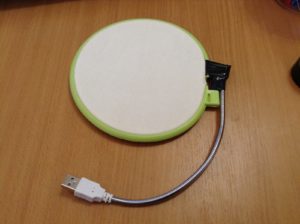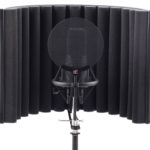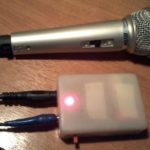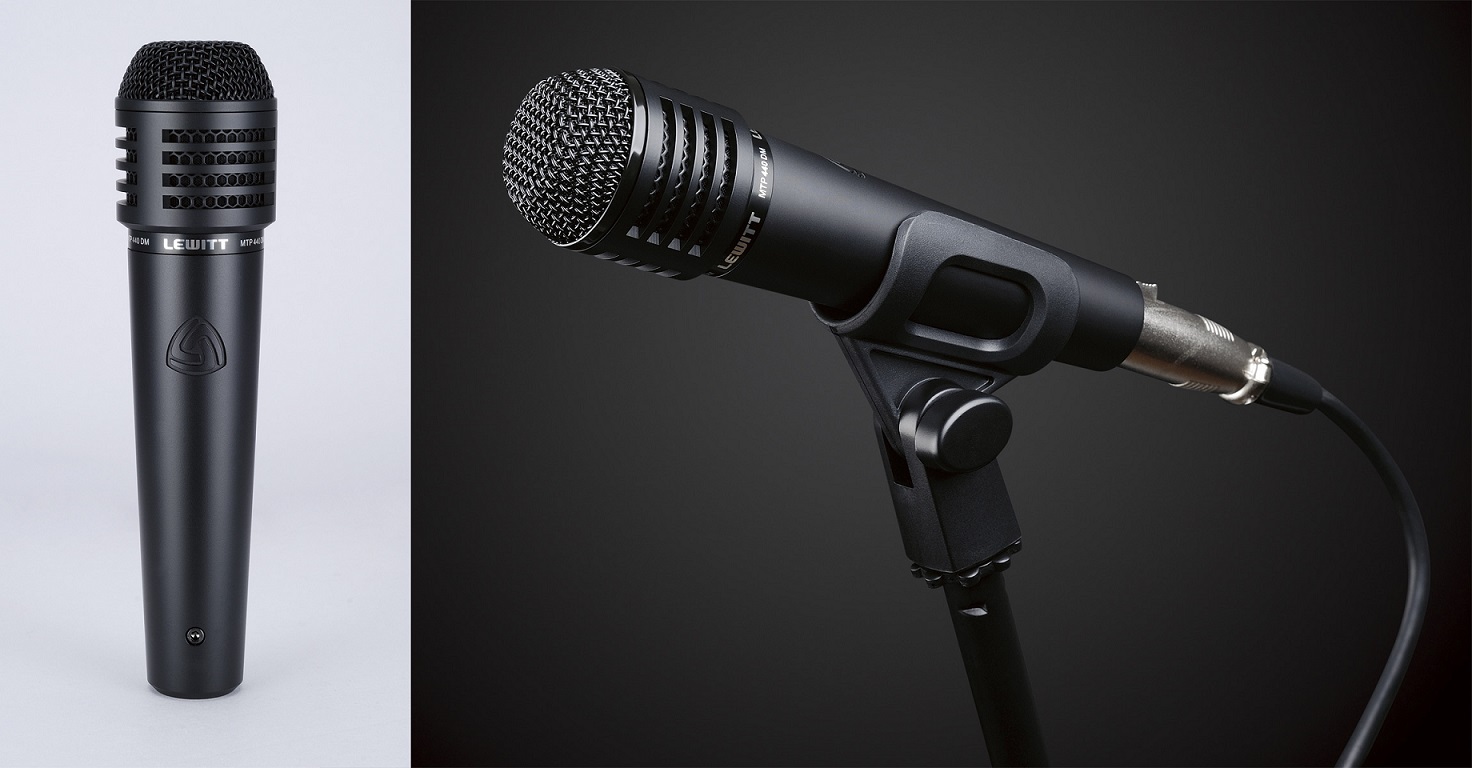DIY pop filter for microphone
 Recording a voice is a very important step, because many factors can affect the sound quality. One of the problems that can arise during recording is the so-called “pop effect”. It occurs due to gusts of air, when breathing and pronouncing certain letters. In order to eliminate this problem, a pop filter is used.
Recording a voice is a very important step, because many factors can affect the sound quality. One of the problems that can arise during recording is the so-called “pop effect”. It occurs due to gusts of air, when breathing and pronouncing certain letters. In order to eliminate this problem, a pop filter is used.
The content of the article
What are microphone filters
Microphone filters perform many functions and are a special material that is stretched over a frame and placed between the sound sources and the microphone. This device performs several main functions:
- Elimination of unwanted sounds caused by breathing, hissing consonants or too loud vowels.
- Removes low and high frequency bursts when recording voices, and also improves sound clarity.
- It protects the microphone design from moisture and particles of lipstick, saliva and dust, which allows you to extend the life of the device.
Pop filters also come in different models, which are presented not only in round, but also in oval or rectangular shapes. Each user chooses the device that suits him.
How to make a pop filter for a microphone
 You don’t have to buy this filter, because you can make it yourself.
You don’t have to buy this filter, because you can make it yourself.
In order to assemble this device you will need the following materials:
- Cotton or nylon fabric.
- Insulating tape
- Threads
- Scissors
- Double sided tape
- Fastening device (clothespin)
- USB fan (faulty)
- Embroidery hoop
In order to assemble the pop filter, you should prepare a cloth. To do this, you need to position it and embed it with a diameter slightly larger than the size of the hoop.
REFERENCE! The distance from the edges of the hoop should be such that it is convenient to attach the fabric.
Having secured the fabric, you should proceed to the fastening design.
For mounting, the best solution would be to use parts from a USB fan. For the leg, you can use regular wire or a ready-made “leg” from an old lamp.
The leg should be attached to the microphone itself. This can be done with either electrical tape or adhesive tape. But the best way is a special glue for plastic or other material. This way the fastening will be strong, and the design will look organic.
After this, the other end of the “leg” should be attached either to the table or to the microphone itself. This can be done with a regular office paper clip, since gluing the filter to the microphone is strongly not recommended.
Thanks to the flexible design of the holder, the filter can be rotated as desired, which ensures versatility and comfort of use.
REFERENCE! The quality and nature of filtration will differ depending on the filter fabric. To ensure maximum sound quality, nylon material is recommended.
The main advantage of the assembled structure is that it is very cheap to manufacture, but at the same time efficiently performs its main functions. Also, this method of removing unwanted sounds is much easier than then cutting out unnecessary frequencies using programs.





